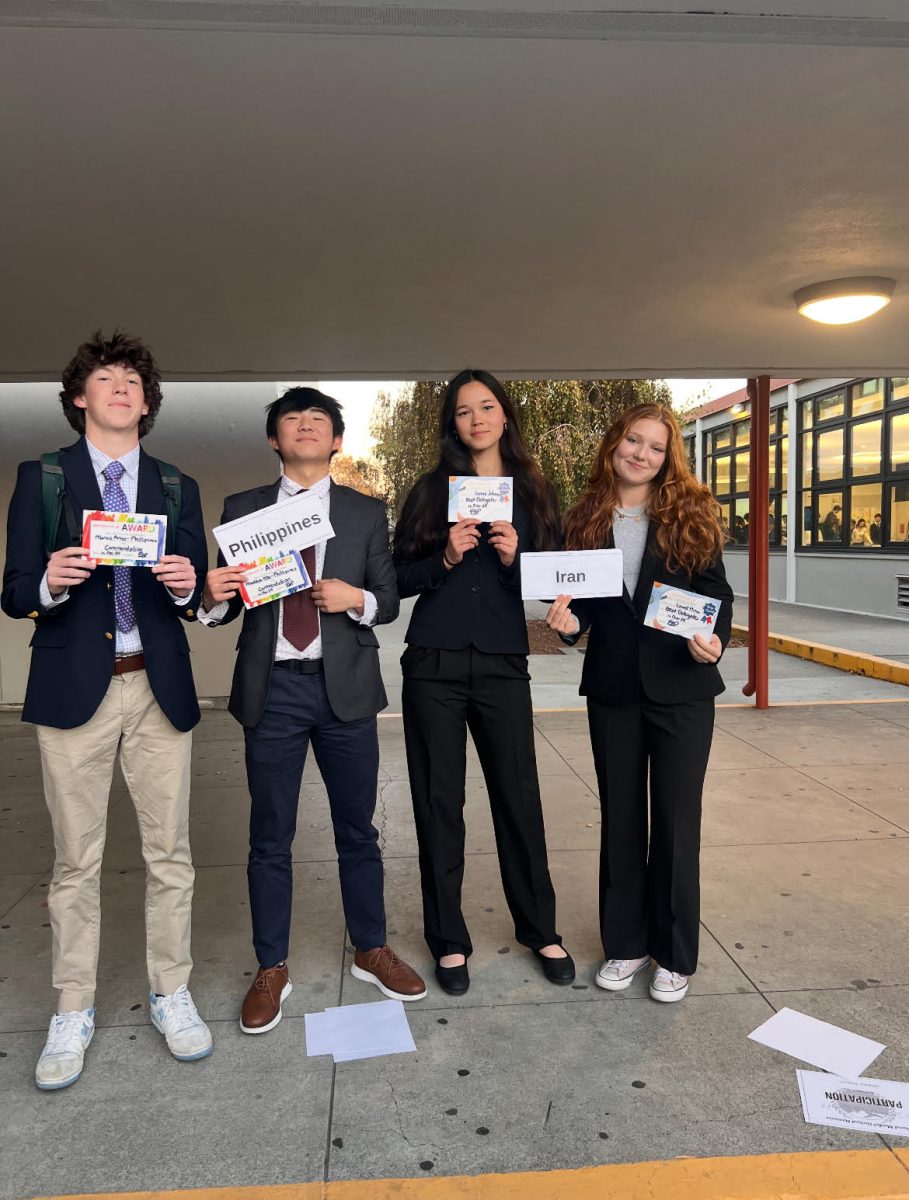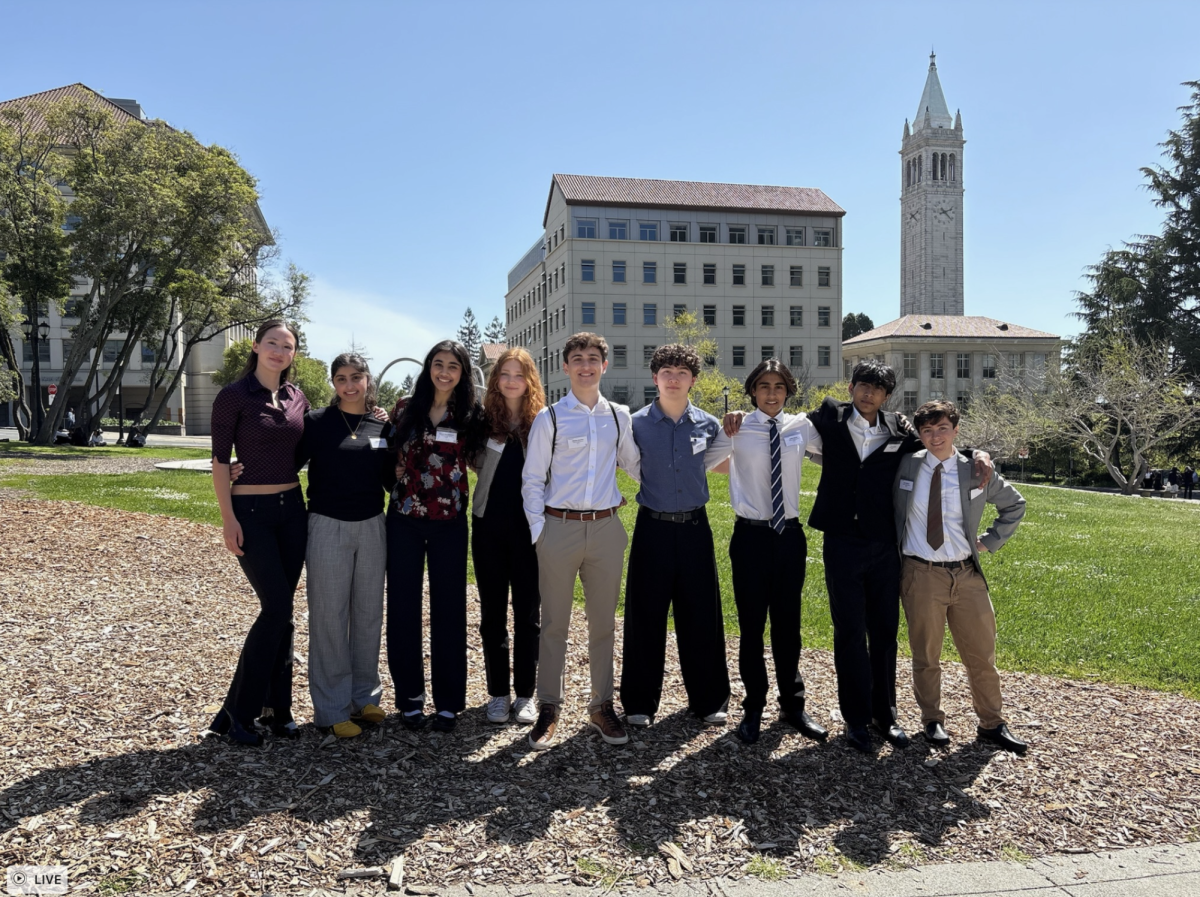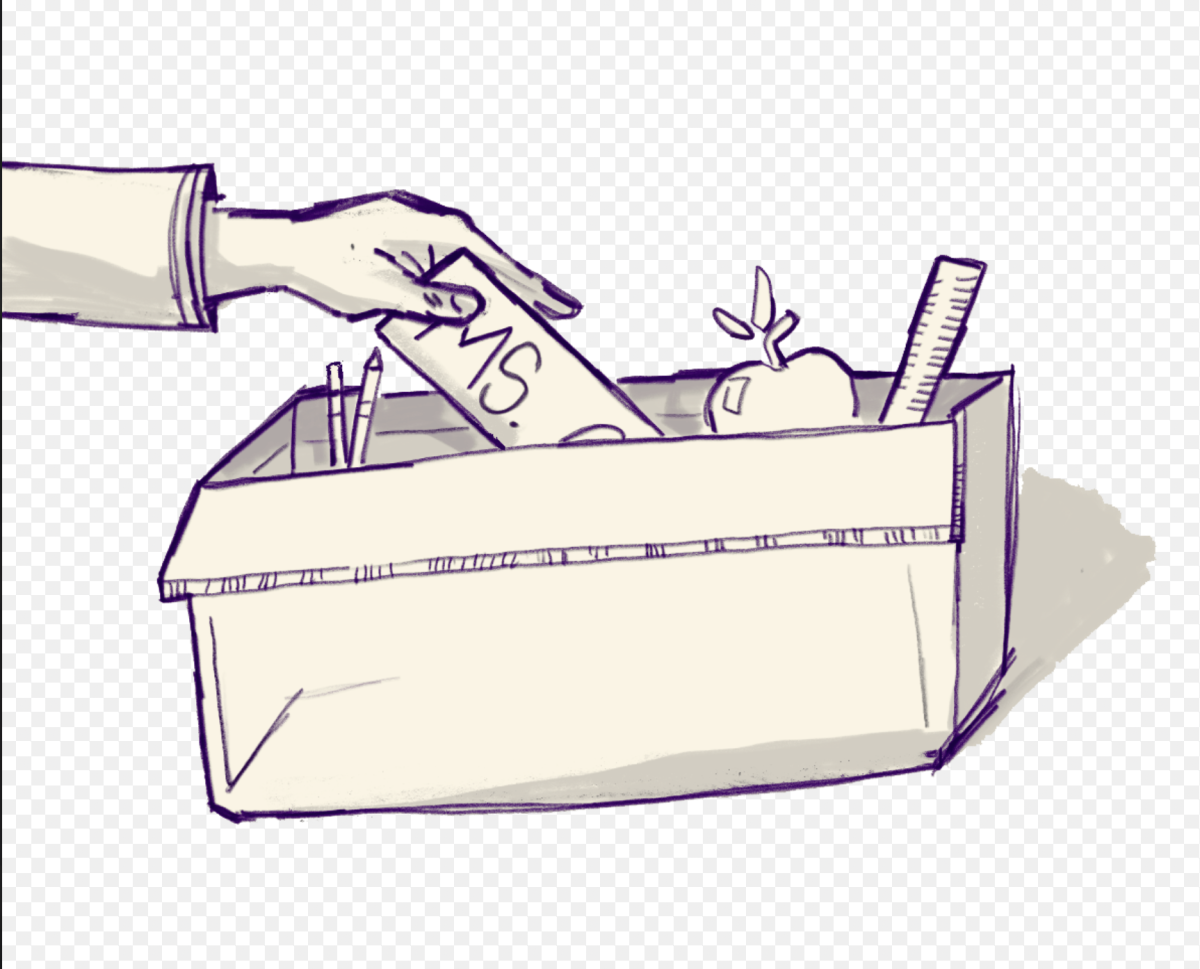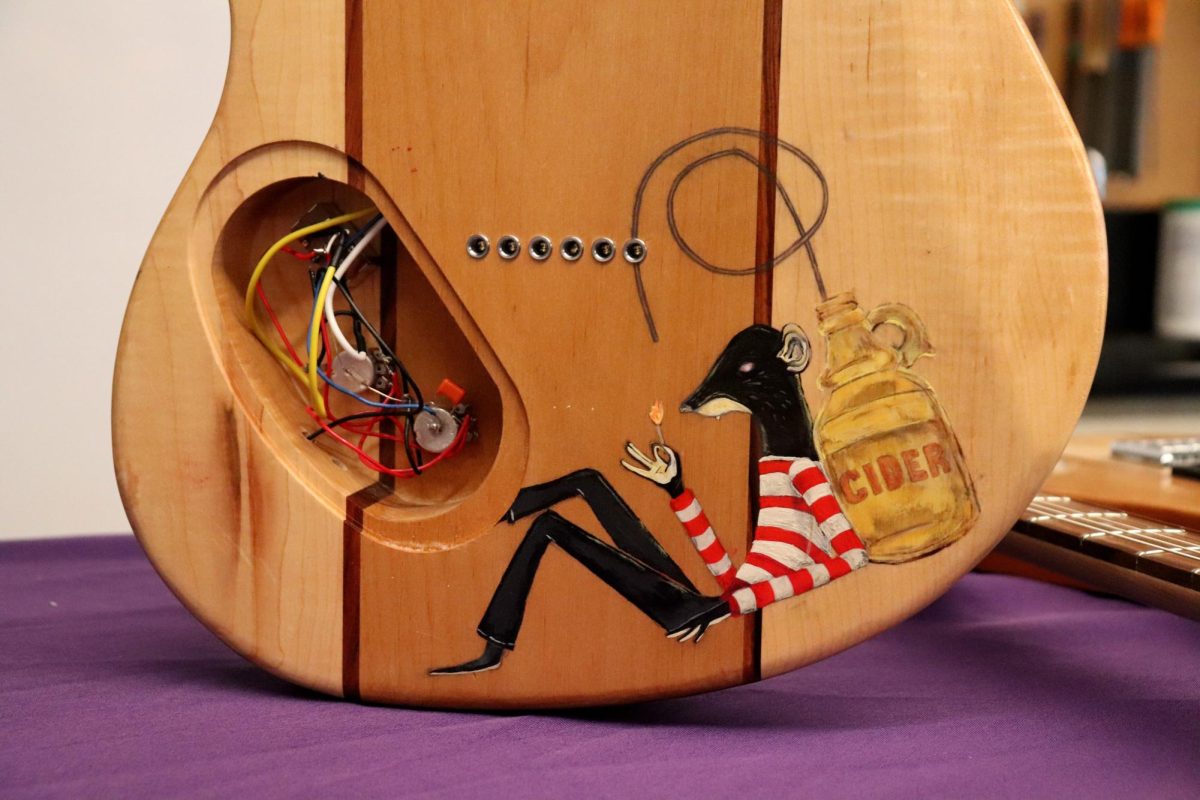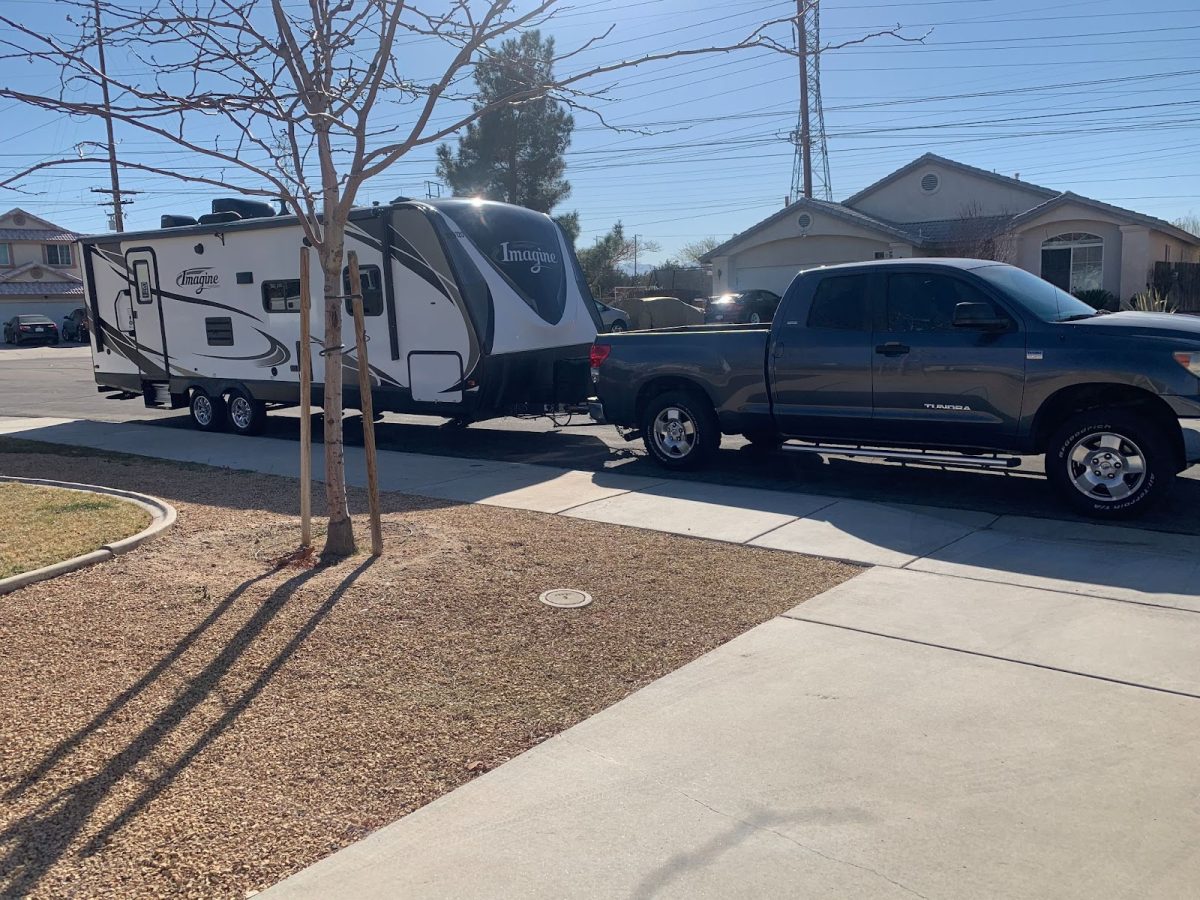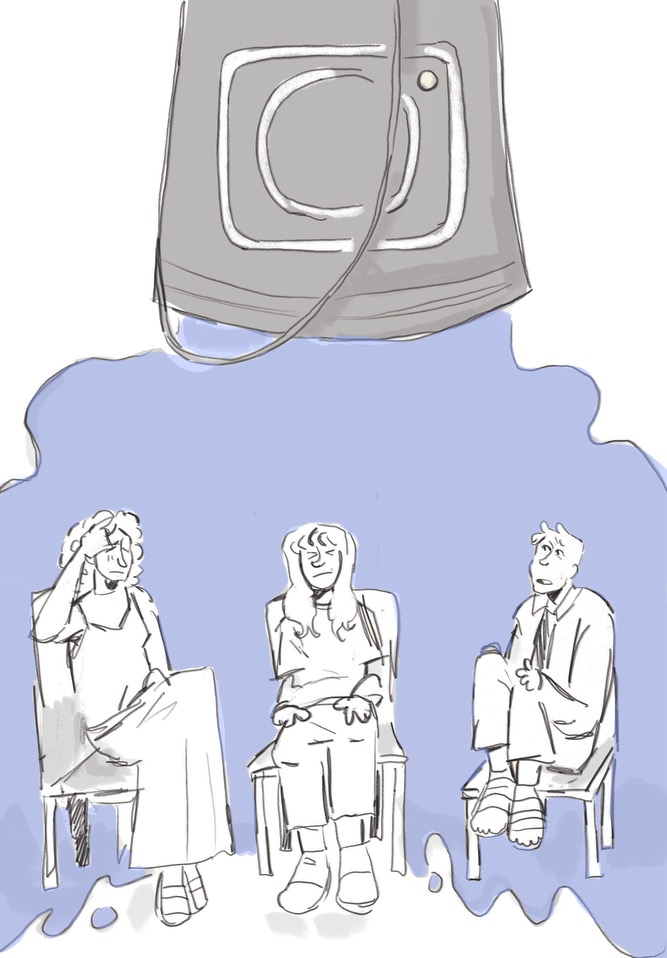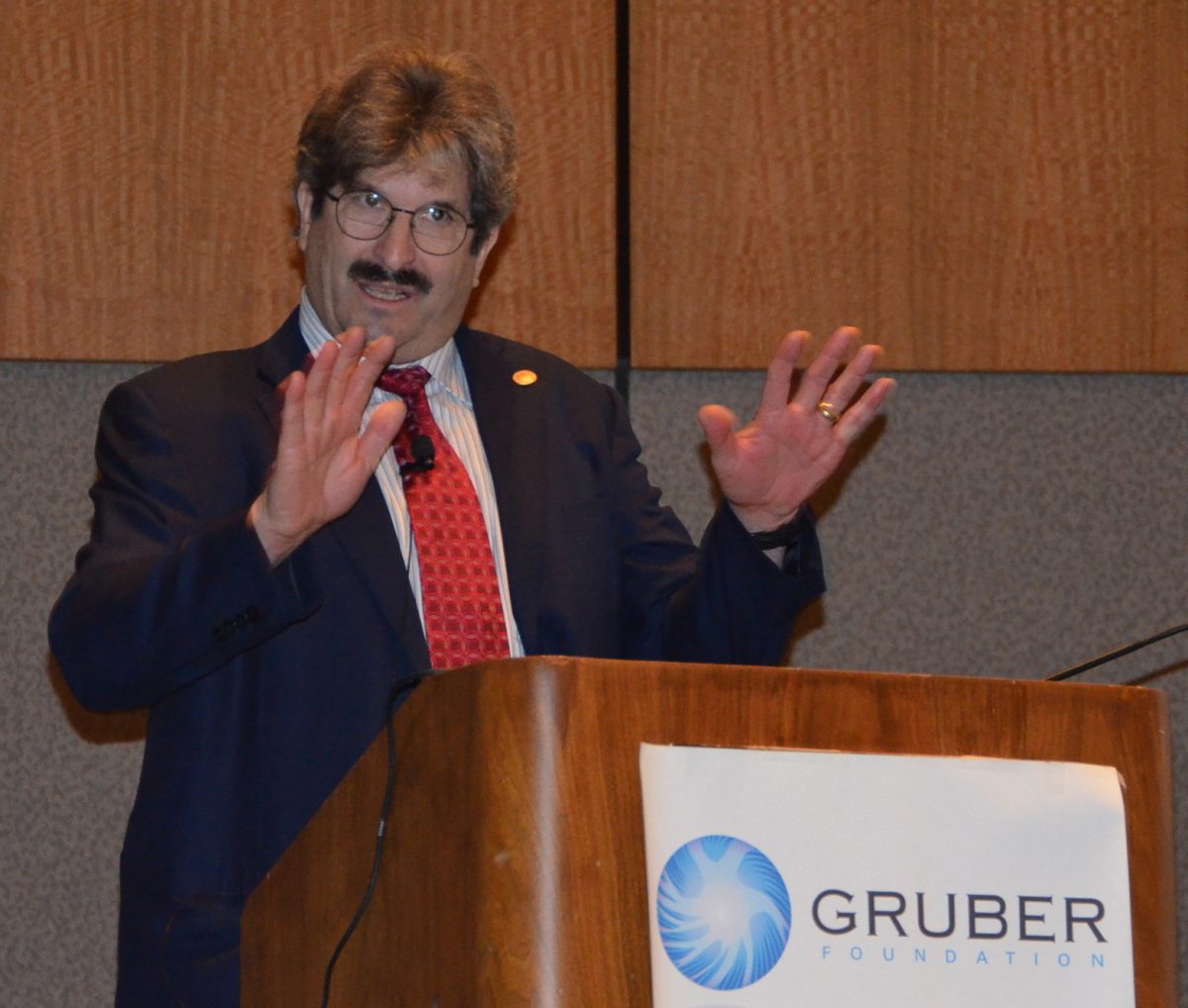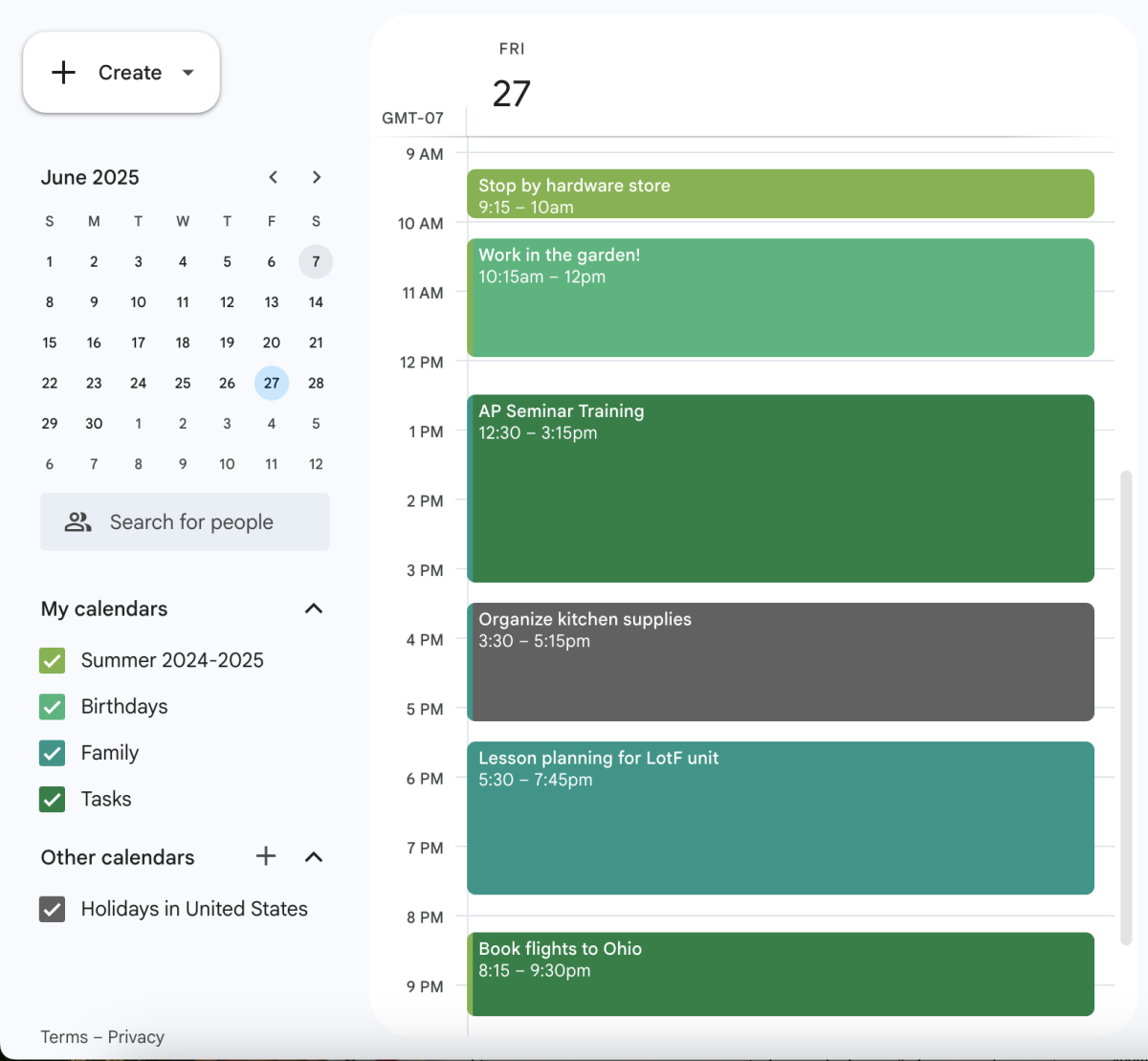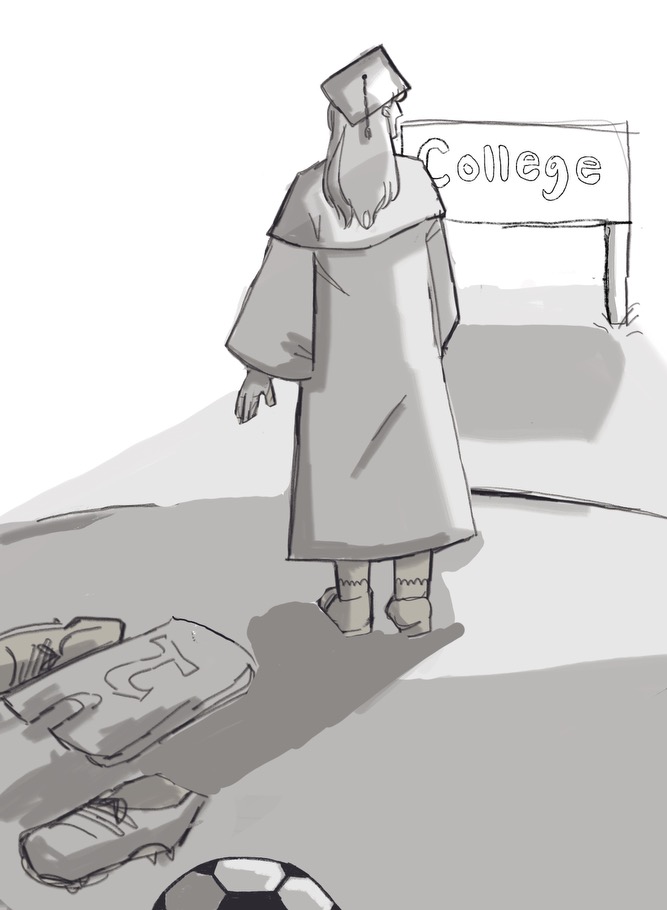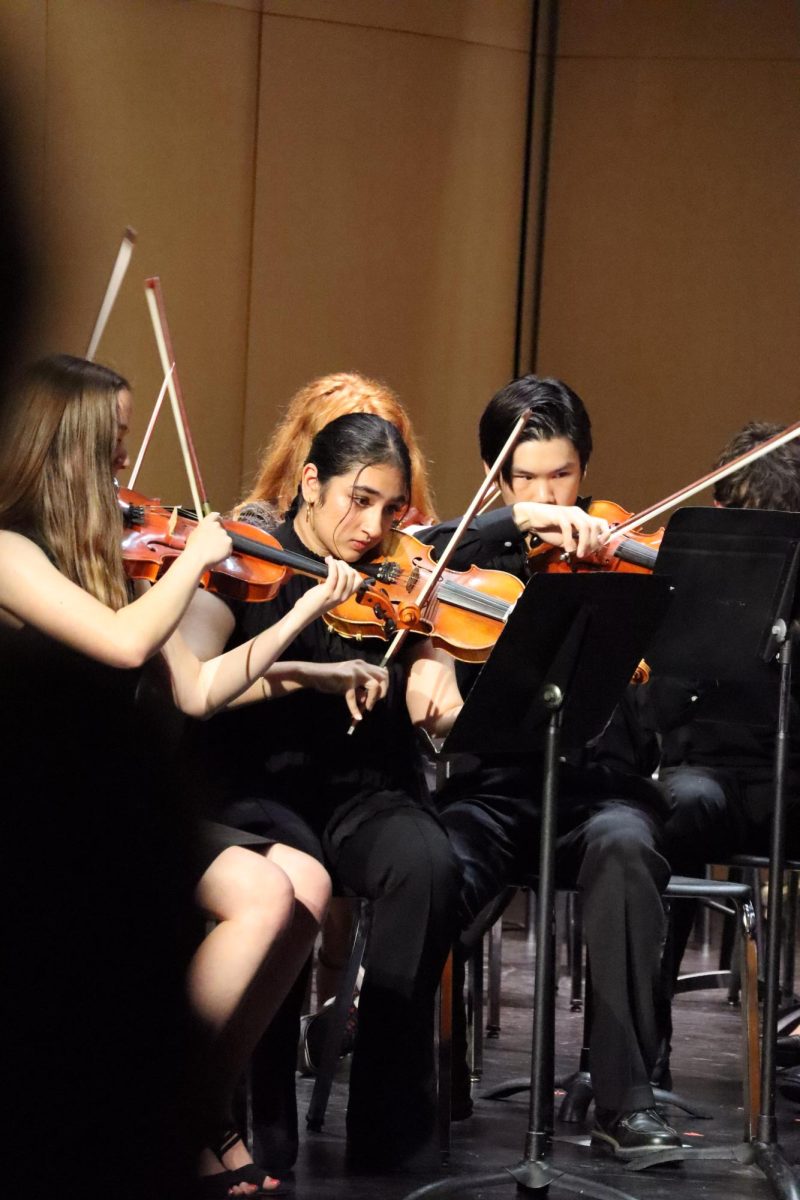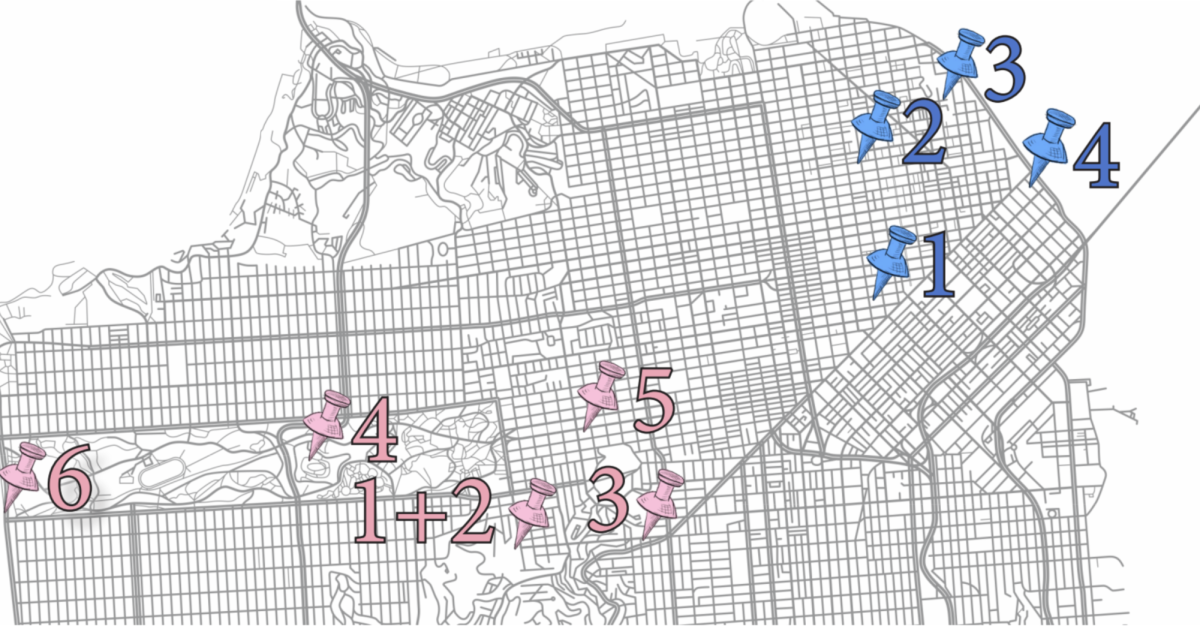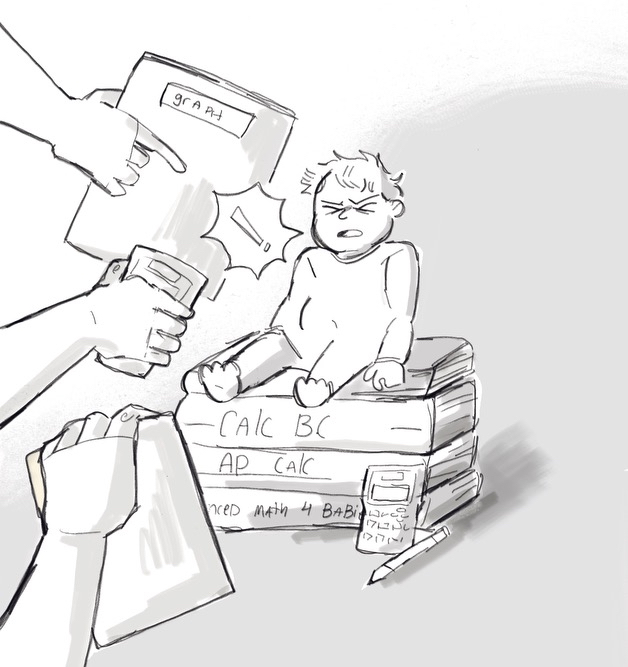The first thing people may notice when driving through Piedmont are streets lined with Teslas, Chevy Bolts, and Nissan Leafs. There are towering mansions with solar panel roofs, home to activists who refuse plastic straws and march in the streets to protest climate change. Piedmont is full of people who claim to care about the future of the planet and are well-aware of the ramifications of carbon emissions. However, this glossy aesthetic does not reveal the cracks beneath the surface. In reality, Piedmont is a big part of the problem.
The city of Piedmont has one of the worst carbon footprints in the San Francisco Bay Area, according to a 2015 study from the CoolClimate Network, a division of UC Berkeley’s Renewable and Appropriate Energy Laboratory. Piedmont produces 76.2 metric tons of carbon dioxide per household each year, which is the highest mark in Alameda County and the second-highest mark in the entire Bay Area behind Atherton.
PHS has a role to play in making Piedmont a more sustainable city, assistant principal Erin Igoe said.
“It’s our duty to be responsible and do what we can to make our school more sustainable,” Igoe said. “Hopefully PHS will be a zero-waste campus in the future.”
One way students can help is by walking to school instead of driving. According to the U.S. Environmental Protection Agency, one gallon of gasoline burns approximately 8,887 grams of carbon dioxide.
Piedmont is only 1.7 square miles, but according to a TPH survey of 198 PHS students, 33.3 percent of students drive to school every day and 50.5 percent of students drive to school more than one day per week. Out of students who drive to school, 72.3 percent drive a car that uses gasoline.
“A big problem is that people are willing to hurt the planet for comfort and efficiency,” said senior and Green Club co-president Ellington Davis. “If you can stay in bed, eat your breakfast, or take a shower for that much longer, you’re going to do that and choose to drive instead of walk.”
Senior Holden Hinsch said he lives 1.3 miles from school, and his car gets 19 miles per gallon.
“I drive to school every day, so that’s 2.6 miles right there,” Hinsch said. “I’d be using a gallon of gas every week and a half just by driving to and from school.”
Furthermore, 59 percent of students purchase food from the Piper Café, the food service at PHS, at least once a week. Chicken is served on a daily basis, pork is served on a weekly basis, each meal is packaged in a plastic container, and plastic utensils are provided, said nutrition director and executive chef M’Lissa Kelley.
“We usually have to buy a case of 1,000 plastic forks every two weeks,” Kelley said. “On top of this, lots of plastic bottles are purchased every day.”
Plastic bottles are especially problematic because they take up to 1,000 years to decompose and pose many health hazards to humans and animals, according to GoGreen. Out of the 50 million bottles that are used in the U.S. each year, 77 percent do not get recycled.
“Microplastics are a huge issue, and they’re accumulating in our landfills,” Davis said.
While the single-use plastic at food service is recyclable, the national average recycling contamination rate is 25 percent according to Waste Management, a U.S. trash collecting company. This means that one out of four items put in the recycling bin is not recycled.
“Students don’t put their trash in the proper bin,” head custodian Marcos Molina said. “[The custodians] try to separate the items in the bins as much as possible, but there’s only so much we can do.”
Over half of students report that they have a general idea of what kind of waste goes into each bin, but they are not sure.
“No one seems to know what goes into each bin, and no one seems to care either,” Davis said.
According to Green Eatz, eating one pound of chicken produces 6.9 pounds of carbon dioxide, which is the equivalent of driving approximately 7.3 miles in a car. Similarly, eating one pound of pork produces 12.1 pounds of carbon dioxide, which is the equivalent of driving approximately 12.7 miles.
“I am a vegetarian and I try not to drink milk,” sophomore Mara Lovric said. “I try to drink plant alternatives because I know that one of the biggest causes of greenhouse gases is meat and dairy.”
While there is definite room to improve in terms of sustainability, PHS is taking steps in the right direction, Igoe said.
“I’ve certainly seen an increase in student activism throughout my career, which is great because students are the biggest agents of change on campus,” Igoe said. “Green Club and individual students at PHS have been trying to change the culture of PHS this year, which is encouraging.”
Construction management consultant Trish Culbert said PUSD has replaced more than 1,000 light fixtures with highly efficient LED lights.
“New LED fixtures have daylight sensors, so they automatically dim or turn off when natural light is available, and timer and occupancy sensors, so they automatically turn off when facilities are not in use,” Culbert said.
Along the same lines, Culbert said PUSD has installed state-of-the-art climate control and ventilation systems in 25 elementary, middle, and high school classrooms.
“This will improve heating and cooling, reduce energy consumption and operating costs, and eliminate the use of hazardous refrigerant chemicals,” Culbert said.
The new STEAM building is designed to use very little energy and produce enough solar power to offset its use, meaning it is zero-net-energy, Culbert said.
“[PUSD] incorporated many optional, higher sustainability standards and features in the design [of the STEAM building],” Culbert said.
Culbert said sustainability is a guiding principle for all PUSD decisions concerning facilities improvements and PUSD has a vital role to play in promoting conservation, efficiency, and sustainability.
“[PUSD] can help teach its students that energy conservation starts with the individual, at home, work, and school every day,” Culbert said. “Your choices make an impact.”
Davis said the negligence among PHS students to do little things to help the planet is partly due to privilege and location.
“People at PHS are very aware of what’s happening with climate change, they just don’t see the tangible effects of it,” Davis said. “However, this can’t be an excuse any longer.”
Young said that she has tried to improve the sustainability of her daily routine through small adjustments.
“When I shower, I have a timer for five minutes,” Young said. “And since a lot of people in Piedmont drink boba [with a plastic cup and straw], I have a mason jar and a reusable straw that I use.”
Additionally, Young carpools frequently and has cut red meat out of her diet.
Sophomore Mara Lovric has cut meat out of her diet completely.
“I am a vegetarian and I try not to drink milk. I try to drink plant alternatives because I know that one of the biggest causes of greenhouse gases is meat and dairy,” Lovric said.
1. Could you describe the measures being taken to make the new STEAM building and performing arts center sustainable? It starts with how the building is situated to capture (or avoid) thermal heat gain from the sun. Our south facing windows will have solar panels that will both shade the rooms and capture sunlight for energy. The building is designed to use very little energy and produce enough solar power to offset its use (Zero Net Energy). The new buildings are designed not just zero net energy, but zero carbon operationally. In addition we want to conserve as much as possible. If a building is designed to use very little energy then you need very little power to run it.
One example- it uses radiant heat, one of the most efficient ways to heat/ cool a building. Pipes in the concrete slab will pump hot or cold water to heat or cool the rooms accordingly. The building is really well insulated and will be controlled through a building management system to regulate the temperature, CO2 levels and air flow. The windows will open and close automatically (as needed per the building management system) to let warm air escape and cooler, night-time air into the building. This night-time “flush” will ensure that classrooms will start, and remain,cool- even on the hottest of days
2. Are there state or national sustainability standards that must be adhered to when constructing new school buildings? CalGreen and Title 24 are mandatory energy standards that address the energy efficiency of new (and altered) homes and commercial buildings. Since 1978, California residents are required to meet the energy efficiency standards contained in Title 24, Part 6 of the California Code of Regulations. There are lots of other optional, higher standards that go beyond the requirements of Title 24 such as LEED or Living Building Challenge. The District incorporated many of these optional, higher standards and features in the design.
3. Piedmont produces 76.2 metric tons of carbon dioxide per household per year, which is the second highest mark in the San Francisco Bay Area. Will the new buildings offset Piedmont’s carbon footprint? No, that’s not really possible. There are thousands of homes in Piedmont, and only two new zero-net energy school buildings. But the District is moving aggressively to reduce energy consumption and promote sustainability across all school sites. This requires investing in new, efficient technologies and re-engineering existing infrastructure. The commitment to sustainability is not limited to new construction projects. Starting several years ago, the District has replaced more than 1,000 light fixtures. For example, the District has replaced metal halide fixtures with highly efficient LED fixtures at Witter Field, Binks Gym, Morrison Gym, Redford Gym, and the Havens MPR. The LED fixtures improved lighting and student safety while significantly reducing energy consumption. Across all school sites, new LED fixtures have daylight sensors, so they automatically dim or turn off when natural light is available, and timer and occupancy sensors, so they automatically turn off when facilities are not in use. Along the same lines, over the past several years, the District has been installing state-of-the-art climate control and ventilation systems in elementary, middle and high school classrooms to improve heating and cooling, reduce energy consumption and operating costs, and eliminate the use of hazardous refrigerant chemicals. These new systems have been installed in 25 classrooms. The upgrades have made it possible to retire a particularly wasteful and inefficient boiler at PHS, and individual classroom thermostats will ensure that heating and cooling are activated only when the room is in use.
4. What role must Piedmont schools play in making the city of Piedmont more sustainable? The District, like all members of the community, has a vital role to play in promoting conservation, efficiency, and sustainability. Sustainability is a guiding principle for all District decisions concerning facilities improvements. A related goal concerns maximizing the lifecycle and durability of facilities, so the new buildings have been designed to have a useful lifespan of at least 75 years. Equally important, as an educational institution, the District can help teach our students that energy conservation starts with the individual, at home, work and school, every day. Your choices make an impact- the long, hot shower, the non-compostable coffee cup (yes, that’s right- non-compostable), turning the heating down at night. We’d like to engage students and the community to learn more about the science, design, efficiency and construction as we watch these buildings go up.
